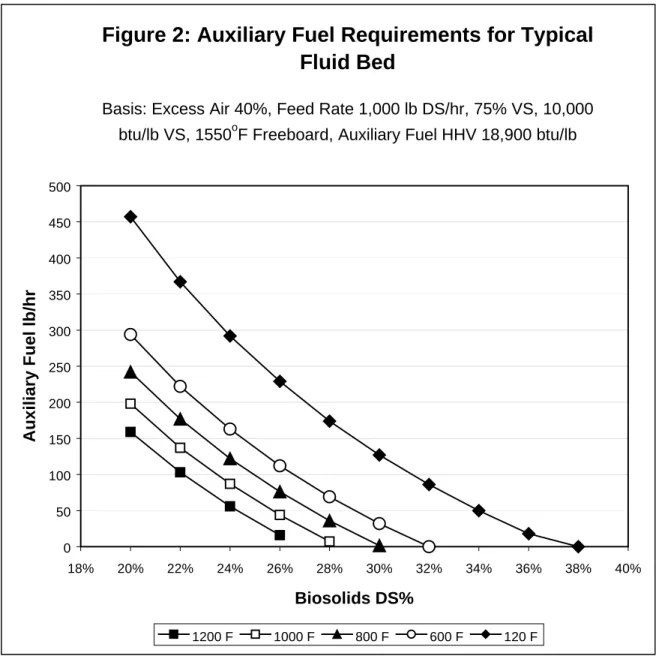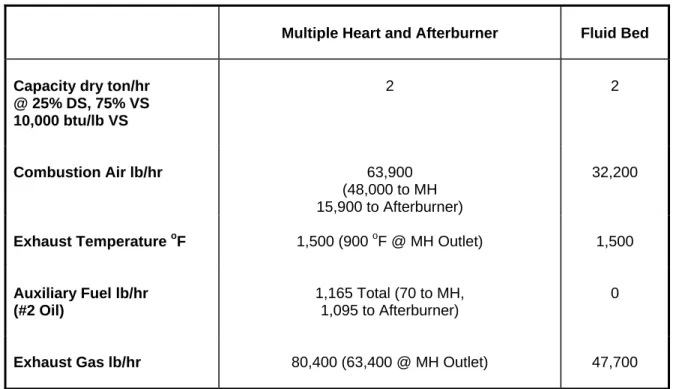A Comparison of Fluid Bed and Multiple Hearth Biosolids Incineration. Ky Dangtran, Ph.D. John F. Mullen. Dale T. Mayrose
Full text
Figure




Related documents
37: Ordinal logistic regression assessing the effect of personality traits on the likelihood that students would report that teachers must correct all of the students’ oral
As the recipient of a 2007 Investigator Award in Health Policy Research from the Robert Wood Johnson Foundation, he has researched and published in the areas
Non-discrimination laws that include sexual orientation and gender identity provide protections for people who identify as lesbian, gay, bisexual, and transgender (LGBT)..
efficiency in terms of energy by applying path selection whereas Ant Colony Optimization Algorithm. gives the
To investigate the role of G-protein and calcium signaling in chemotaxis, we analyzed the expression of several genes known to be involved in these pathways and selected one that
Although this three-step approach can be highlighted in numerous attempts to identify and characterize new behav- ioral addictions (for an illustration applied to mobile phone,
Vom felzigen Rag eines Scoll Joplin bis zur romanlisch-elegischen Ballade Keilh Jarrell' s, slels gelingl es dem krealiven Pianislen, seinem Inslrumenl neue Rhylhmen. und
This research i) examines how specific consumer motives (i.e., goal directed: searching for information, experiential: browsing for recreation) influence



